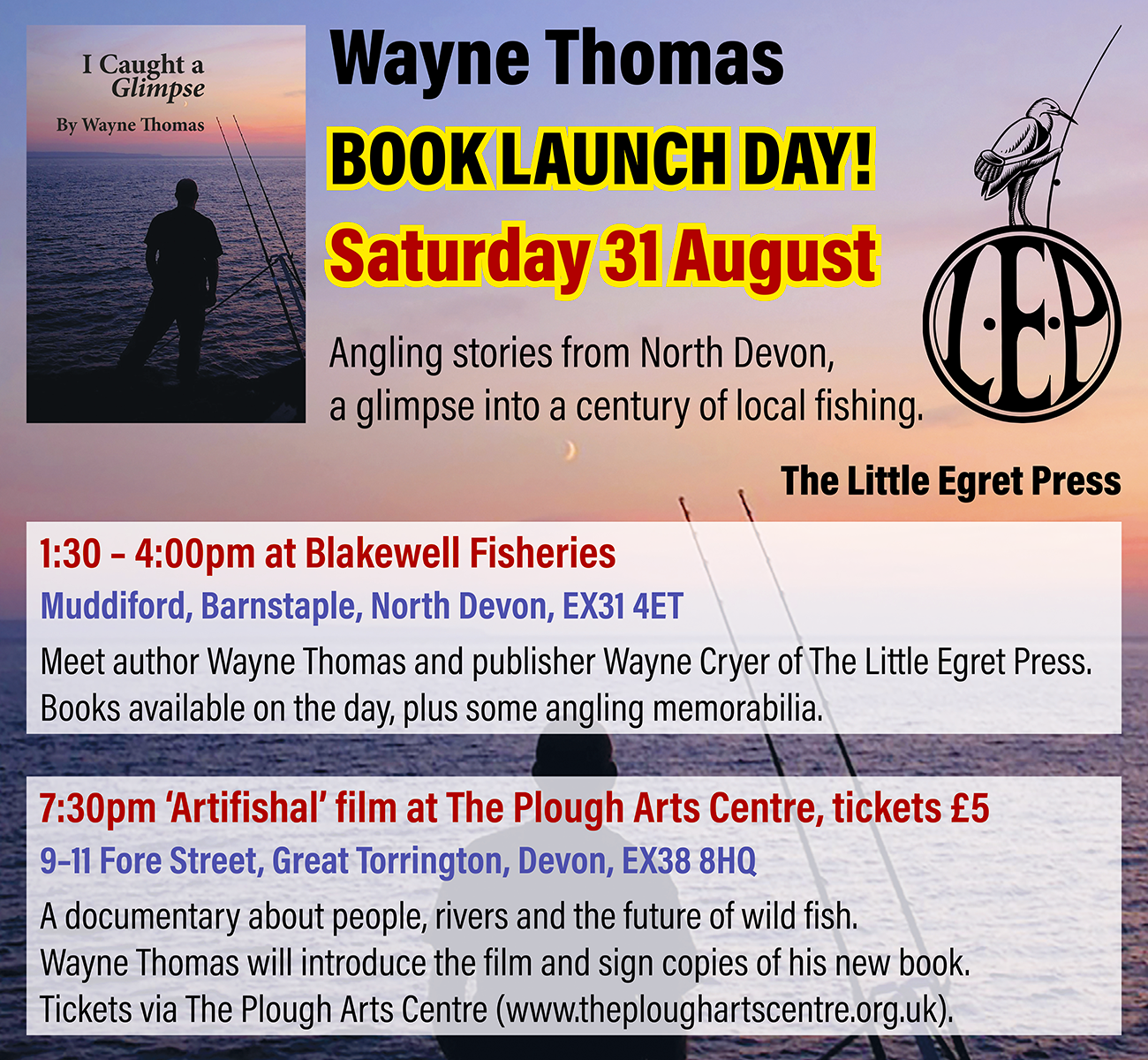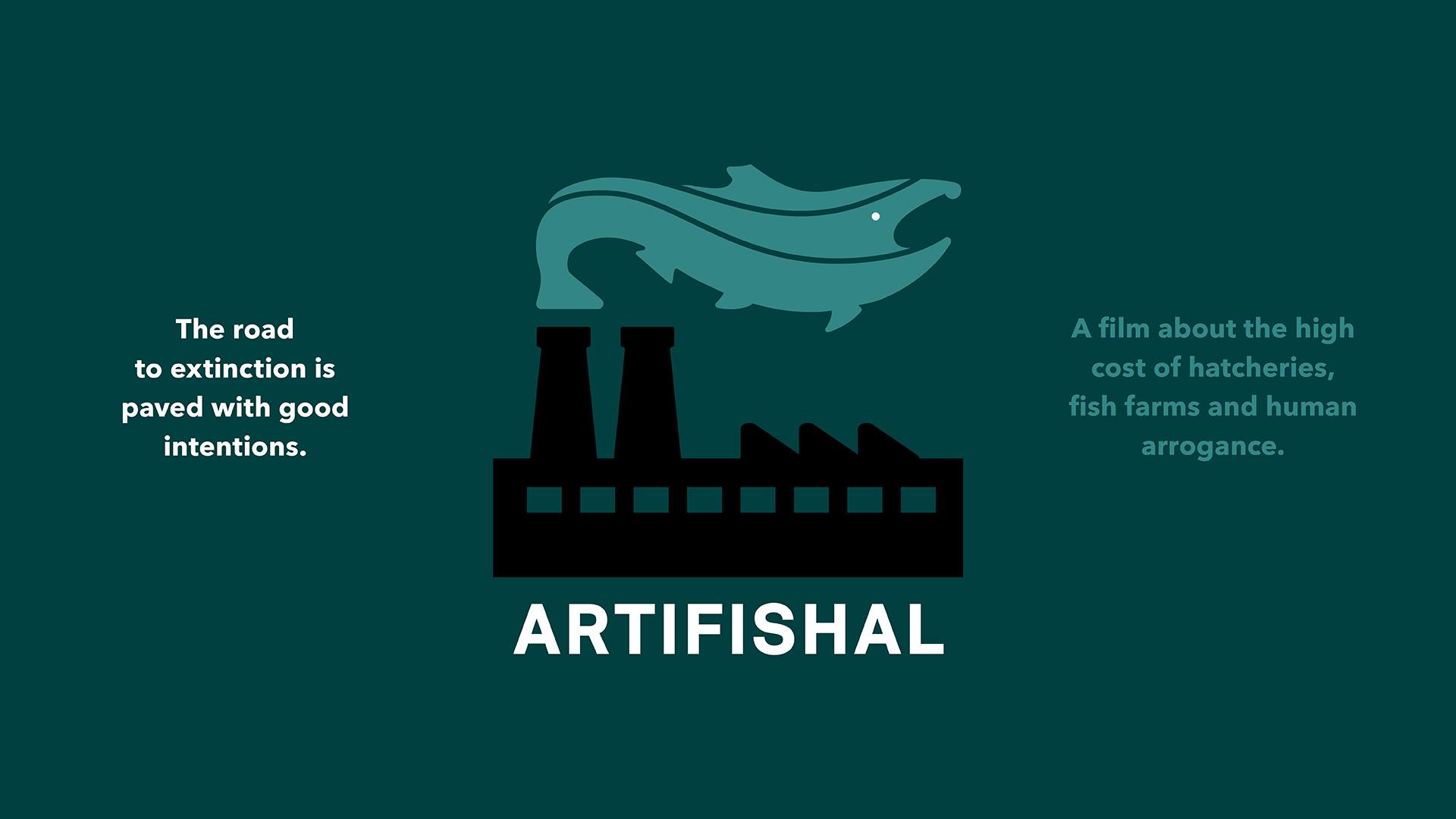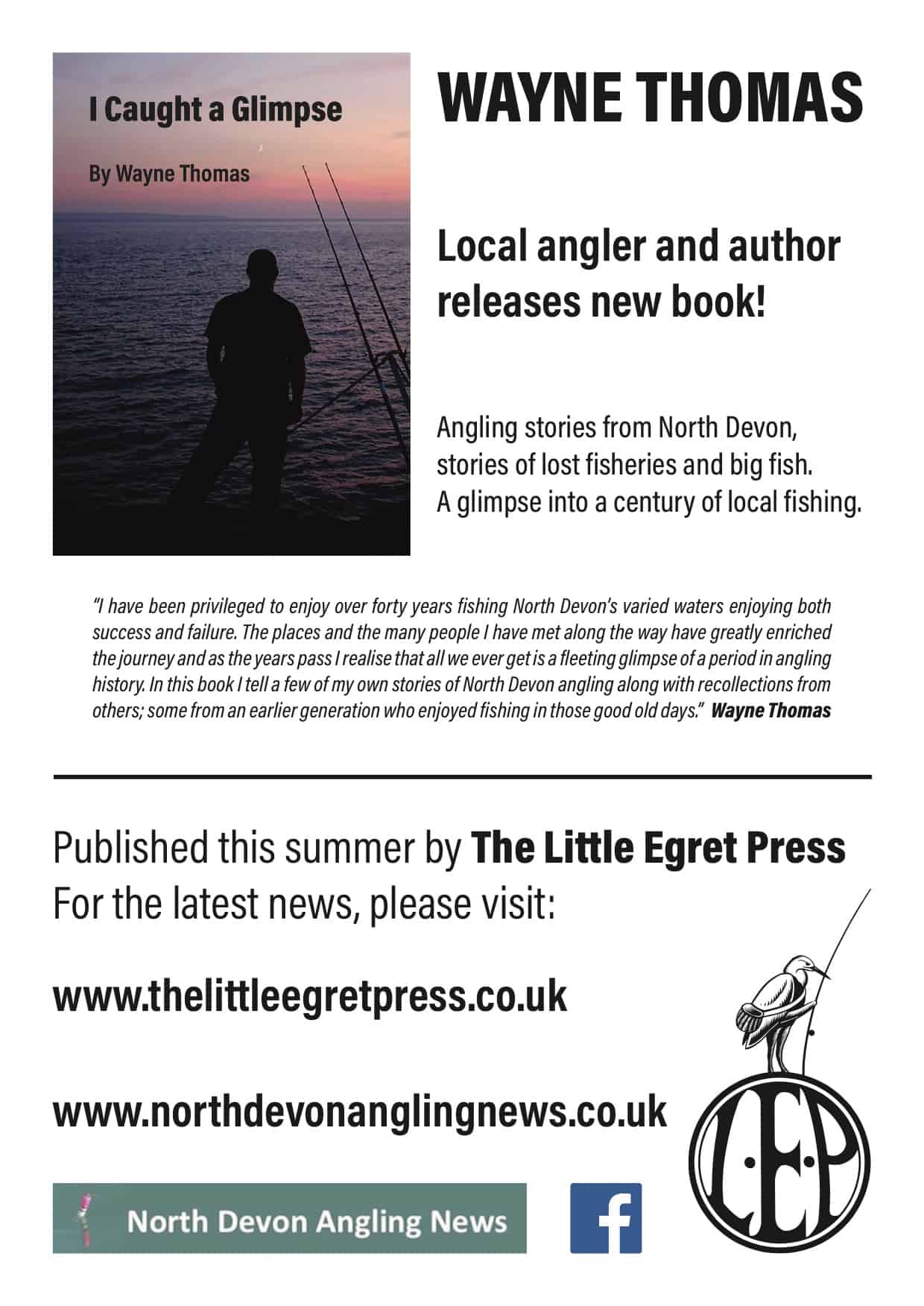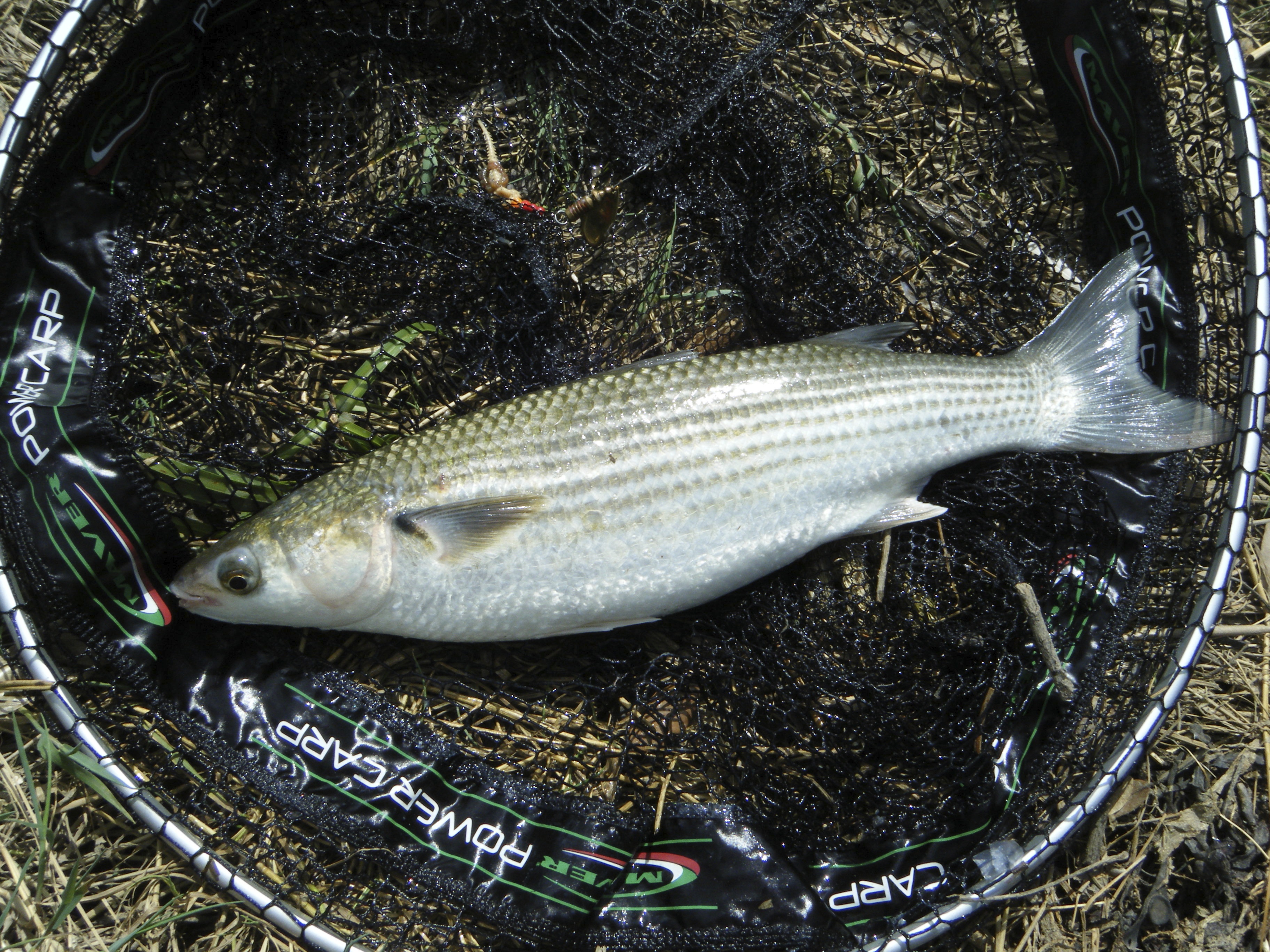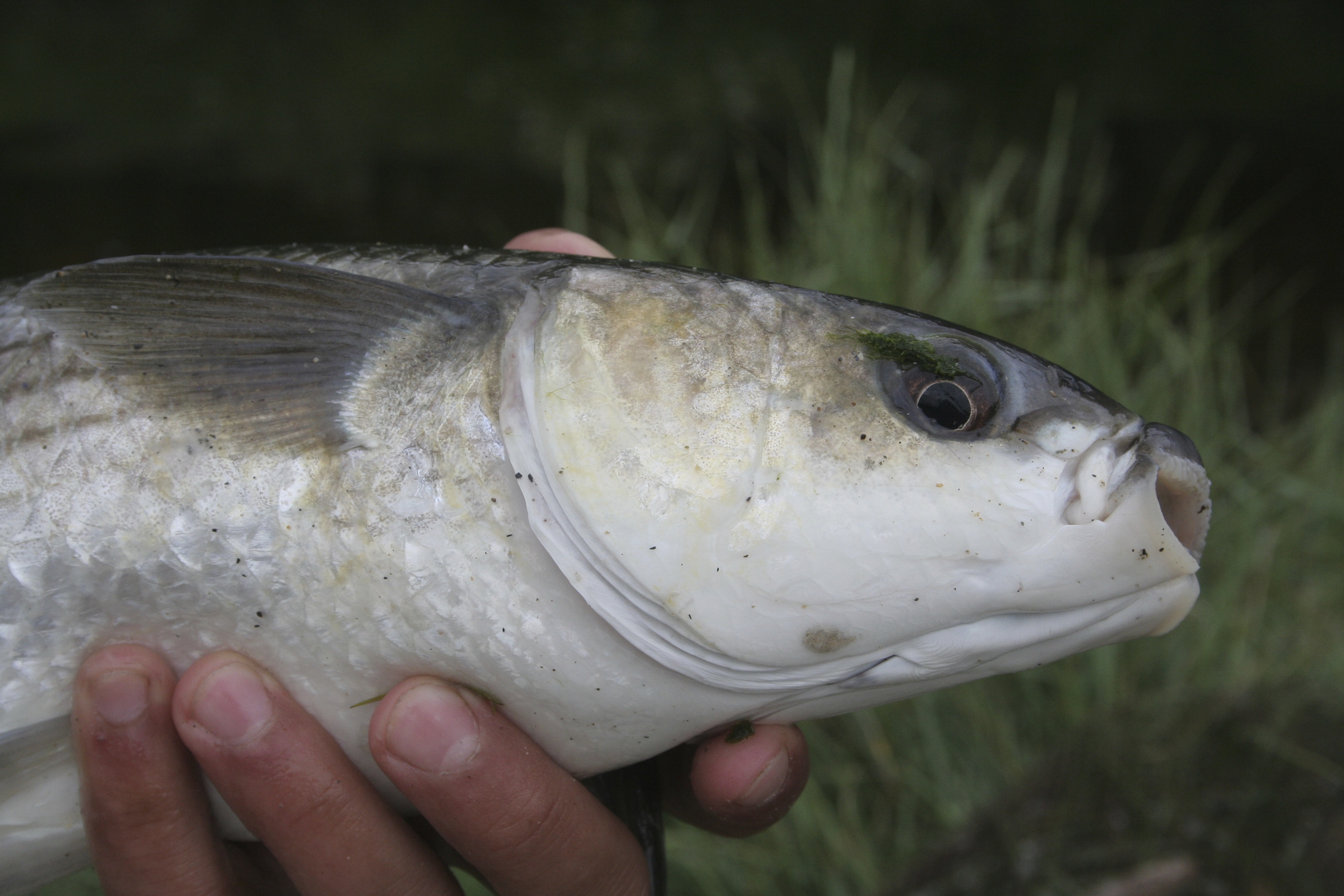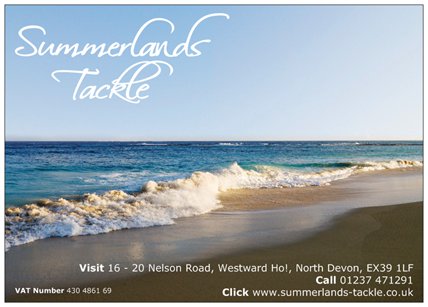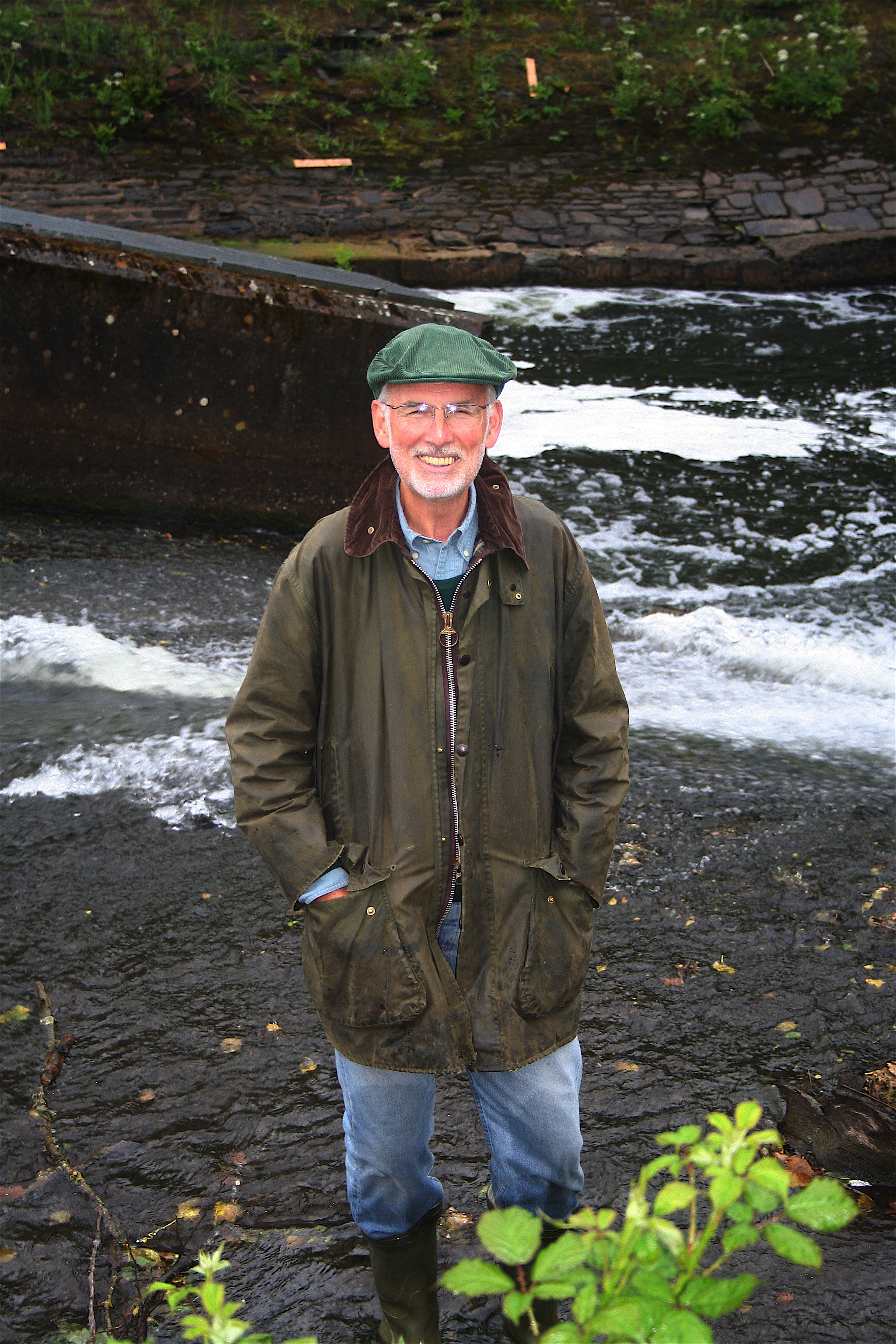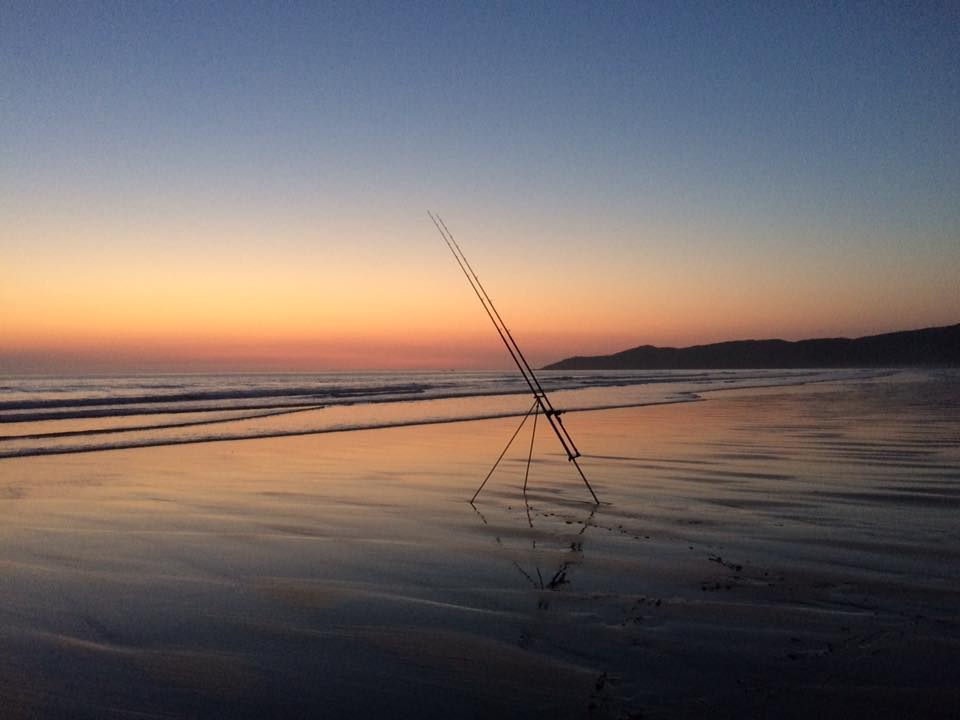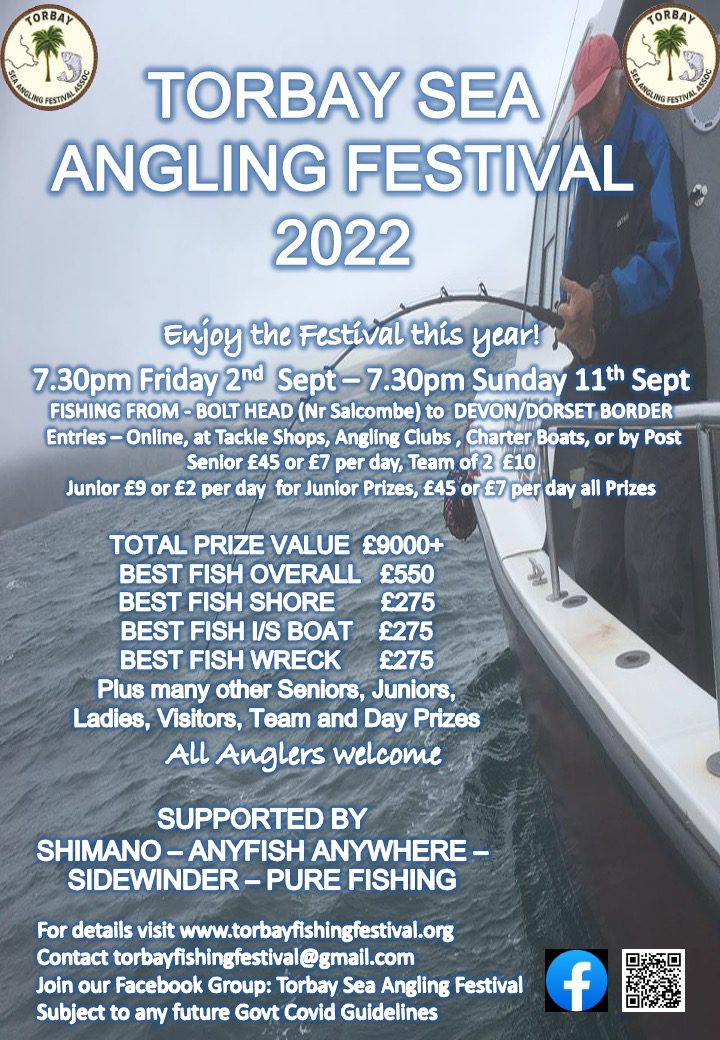The otter below can be seen by appointment at Blakewell Fishery where they are working with the UK Wild Otter Trust.

I visited Blakewell Fishery recently where I met Dave Webb a founder of the UK Wild Otter Trust. It is fair to say that in recent years the otter situation has been contentious in some areas with anglers and otters with their natural predatory instincts causing concern. As an angler I always take delight in catching that rare glimpse of an otter and have some good memories of encounters beside the Rivers Taw and Torridge. The otter population in the South West is I believe far healthier than it was a few years ago but this cannot be said of fish populations in some of our rivers. The European eel population has plummeted in recent years and the eel was one of the otters prime sources of food.
The increase in otter populations has coincided with a decline in some natural habitats whilst at the same time there has been a growth in commercial fisheries providing recreational fishing for anglers. When an otter stumbles upon a well stocked pond it feasts on the expensive fish that are precious commodities for the owner and anglers that fish there. The sensible solution to this is to erect otter proof fences around the lakes. Costly but necessary to protect valuable stocks of prime fish. The more contentious area is on rivers where barbel and other coarse fish are present and otters are blamed for decimating stocks.
I do not have in depth knowledge of the issues or of the nature of otters and can see both the view points of conservationists and anglers and fishery owners who seek to control the otter population.
In my view otters and anglers require healthy rivers and habitats and every effort should be made to address the environmental issues that decimate our rivers. The rivers should maintain a healthy enough stock of fish for both otter and angler.
I asked Dave if he could share information about wild otters to improve understanding of the issues. He kindly agreed and sent me the following informative and balanced article.
August 2019
CAPTIVE BREEDING PROGRAM OF THE EURASIAN OTTER (Lutra lutra) & ITS EFFECTS
We have been engaging recently, sometimes quite fiercely but always emotively with the Barbel anglers. Agree or not, the rivers that hold Barbel amongst other fish species have been subject to many factors thus causing a decline in Barbel stocks primarily but also other fish & wildlife. The captive breeding program started by Phillip Wayre of the original Otter Trust in Norfolk did not exacerbate this issue as some believe
The original otter Trust was established in 1971 and during the 1950’s otters were presentthroughout Britain. Despite the banning of chemicals, by the late 70’s the only healthypopulations were to be found in Wales, Northern & South West England. Organochlorines were the main cause for decline as it affected the reproduction systems within the otters. A survey of almost 3,000 one time positive sites for otter presence was re-surveyed and only 170 positive sites were found. Whilst the spraint surveying method is only a geographical indication, it did indicate that otters could be dropping in numbers geographically, so whilst the project had some consultation missing, it did play an important part and helped to shape otter conservation for the future
Whilst there were relatively few actual releases made in the grander scale of things (thought to be 130 from the Otter Trust and a further 49 from the Vincent Wildlife Trust)
The first 3 captive bred otters were released in 1983 to the River Blackwater in Suffolk and by 1996 there had been captive bred releases to Suffolk, Norfolk, Northamptonshire, Rutland, Hampshire, Dorset, Wiltshire, Bedfordshire, Essex, and Cambridgeshire and to the Upper Thames area. The Otter Trust closed in 2006 as it was then proven to be a successful program in terms of otter conservation. One of the issues surrounding the captive releases is that as far as can be seen, there was no thought given to the sustainability of the rivers that they were being released into but this would have proved difficult to assess correctly. Unfortunately, where such rivers are NOT sustainable (and that is approximately 76% of the rivers in the UK at present) and then an apex predator like the otter is returned there, then that can have a devastating impact on the existing fish stocks. The problem, in particularwith Barbel stocks is that there are indeed plenty of large fish that have grown on … butthere is not the smaller fish coming in behind them and this is due to poor water quality, habitat, otters, cormorants and uncontrolled invasive species particularly mink and signal crayfish. Coupled with this, the eel population is known to have diminished by some 90% so UKWOT would most certainly support the banning of commercial eel harvesting as more
eels in rivers can only be good for otters as we are all aware that the Eurasian otter prefers the eel in preference to any other fish species due to its high protein content.
First and foremost, we are an Otter Trust ourselves and are not associated in any way to the original otter trust, but we recognise & acknowledge that there were some important and much needed input & thoughts not put into this program. We cannot say that the captive bred few that were released did not have any impact on fish stocks in rivers orStillwater’s because there was an impact albeit in our view a smaller impact than could have been. During the captive program, otters were still breeding and without doubt the captive program helped to secure that progress in areas that may otherwise have struggled. Was the captive program necessary? Hindsight is a wonderful thing but in our opinion andknowing what we know now I don’t think it would have been needed and that it would havebeen better to let the population regenerate naturally. Of course, they could have held some in captivity ready for a breeding program if at any time the wild population was categorically & scientifically proven to be at an all-time low and by monitoring the actual issue as opposed to the knee jerk reaction that was taken. One thing that irritates me personally, is the lack of importance shown by people in not worrying about how many we do have – how can we actively promote the protection of a species if we don’t know how many exist? Population estimates are done via spraint counting and recording but this tells us nothing apart from the geographical range of the otter, which in itself is important but it does not give us any idea as to numbers
How can we say that the captive breeding program was needed at that time because wedidn’t know numbers then and we don’t know now? Equally, how can we say that it was notneeded then? … it is without doubt that the Eurasian otter population have recolonised naturally, but even given the fact that the population did recover naturally after the banning of organochlorines, it may also have struggled so the captive program did have a place. We still rely on old data and number estimates of 12 – 15,000 …. That was then, and we know that they are now in every county so how can we still rely on that figure which personally I think is very inaccurate. It seems to me that some 40 years later, we are still in denial – that must stop. We are still making mistakes – that must stop. Otter groups AND angling groups need to present to the public as professional organisations to gain support to safeguard angling and otter conservation. Perhaps during the captive breeding program, the technology was not around but what I do firmly believe is that there was without any doubt a serious lack of consultation and impact studies carried out. There should have been full media coverage of the plans, there should have been full consultations with river keepers, beat keepers, and lake owners as their input would have been invaluable.
There should have been ongoing impact studies and pre-release monitoring of the proposed release sites. There should also have been post release monitoring to establish that the welfare of the released otters and the existing populations would not be affected in any detrimental way. Its now easy to sit back and criticise how or what was or should have been done then but we are talking now – otters can, and do cause huge financial and emotional issues for many. We must now learn from the mistakes of the past and work together to improve that. If we are unable to work together, both anglers, fishery owners, Barbel
anglers and otter organisations then we should consider hanging up our otter boots and fishing rods for good because the sport of angling will be lost as would one of the most important species of the UK.
The EA often get blamed for this and as far as I am aware, they were not in favour of a captive program originally. The other thing that is very clear and rightly so, is that the Eurasian otter is here to stay – being one of our native species it rightfully, has a place amongst our wildlife and therefore it is important that anglers understand that a cull will never work and that energy should be channelled into riparian habitat restoration to give the UK back healthy, sustainable rivers that will happily hold plentiful fish stocks, predators and the facility for sport fishing.
REHABILITATIONS OF INJURED/ORPHANED OTTERS
Whilst we know that many would like to see the banning of otter rehabilitation centres, a cull or farmers right to shoot for angling we know realistically that those suggestions are absurd and will never happen and nor should they.
Rather than call for banning the actual rehabs we need to concentrate on regulating the ones that are released after rehabilitation periods. It would be impossible to ask the Government to ban the caring of one species and not the other.
- Rehabilitations should be logged at point of collection and ongoing care should be recorded to include behavioural traits in that particular animal
- Proposed release sites during rehab should be monitored and assessed for any potential issues that may impact or prevent the final release
- There should be a second release site agreed in case the original one gets filled by a transient otter
- Releases should be recorded and only done providing the area is vacant or to the best of the monitoring process will allow
- All records and data should be made available to anyone with a vested interest in those releases
- Any otters taken in for rehab that display any humanised traits, (and some do naturally) should be held in captivity to ensure their welfare (this does already happen but it needs to be regulated)
- All aspects of collecting, caring and the eventual release program should only be carried out under licence
- Importantly, any subsequent releases should involve full consultation with any fisheries or river keepers for that specific area. This need not be grid referencespecific but at the very least information given such as “a Female otter is being released on the River Otter within 5 miles of your fishery” This would enable thefishery to prepare should they not have suitable protection in place. This would be more difficult for the Rivers but it is as equally important that they also know of releasesSUMMARY INFORMATION
Some avenues believe that the otters are churning out many cubs …. In reality, otters arenot sexually mature until approximately 2 years of age. The average lifespan of a wild otter is 5 – 6 years old which has been discovered via post mortems carried out at Cardiff University by teeth analysis. As the cubs stay with the Female for approximately 12 to 18 months, it is likely that they only have one litter in their lifetime. Furthermore, they are capable of having 1 – 5 cubs, 3 being the norm of which it is probable that only 1 or 2 will survive.
There were once self-sustaining fish stocks in many of the rivers and it should be noted that it is recognised that this is no longer the case for many of our rivers. Combined with a 76% fiqure of rivers being environmentally unsustainable for fish stocks, other wildlife will suffer if we do not work on improvements. With the contact that UKWOT have with many angling groups and fishermen, it is clear that the success of the otter has not played a hand in this decline but we need to accept that fisheries and rivers will continue to suffer with or without them as an apex predator. We all know and understand that scientific data to support this is important however, it is real and it is happening and being reported by those on the banks. Otter groups need to be supporting this initiative as the otter, relies on fish stocks being sustainable and rivers being healthy – without that, the otter faces a very bleak future as the otter relies on fish stocks being good as part of its dietary requirements
It is further important for all otter groups and supporters to acknowledge that the otter does cause financial and emotional impacts and as such can provide social media sites with a contentious difference of opinions. We should not under any circumstances hide behind old data or denial as this will prove counterproductive for the species in the long run and we try to be transparent and open and supportive of those that suffer predation. Only then will we gain trust to progress and only then will we be able to work together for the future of otter conservation and angling
The UK Wild Otter Trust would not support any action towards a cull, farmers rights, reduction in numbers because the dynamics of otter control is not easy, nor would it be effective. This is why we need to concentrate on the river sustainability to ensure that they will hold all species and predators and then, otters will indeed find that natural balance that is very much required. This will ensure that we have healthy, sustainable rivers full of prime fish and apex predators such as the otter along with a varied list of other wildlife. It is clear to me that this is not just about otters or angling alone, but a bigger picture is paramount to success in the way in which we move forward and the way in which we change peoples perceptions of angling and anglers perception of otters by working together
UKWOT have invested huge amounts of time and effort to work with anglers and fishery owners to reduce predation at their waters. Fencing for stillwaters is still perceived to be an expensive option but it should be seen as part of the business plans. It can be very costly to have fencing installed to protect against otters in particular, but here at UKWOT, we can offer advice on installing fences, the costs, the labour, the best ways to protect and itneedn’t be as expensive as some think. We are happy and committed to visiting as many lakes as we can to provide support and advice and even labour to help where we can. We
make no charge for this as its important to us that both sides work together to make effective change
Dave Webb
UK Wild Otter Trust – Founder
IUCN Otter Specialist Group Member
Otter Predation & Fishery Advisory Group – Senior Board Member
Otter Welfare Advisory Group – Citizen Science/Board Member
IFAW International Fund for Animal Welfare – Conservation in Action Award Winner 2017 Otter Advisor to the Ornamental Aquatics Trade Association
The views expressed within are solely that of the Author and do not represent the views of



